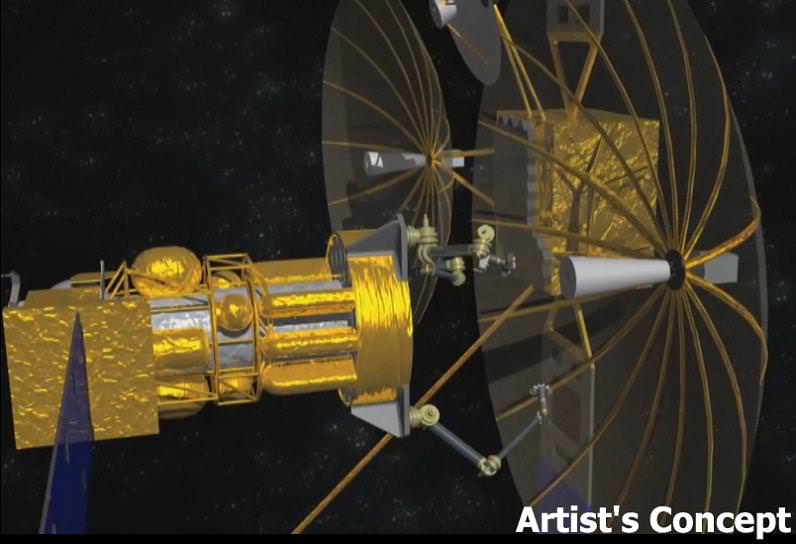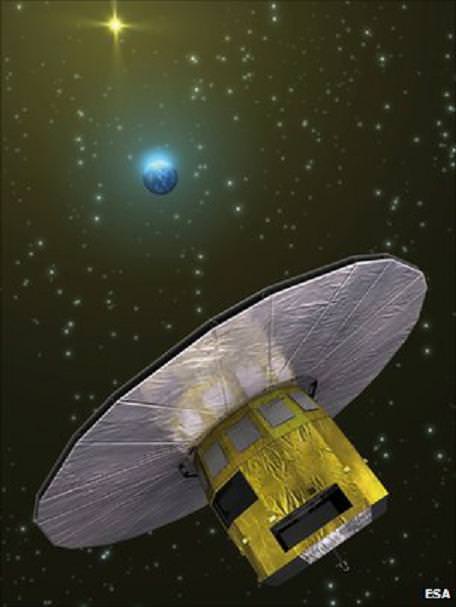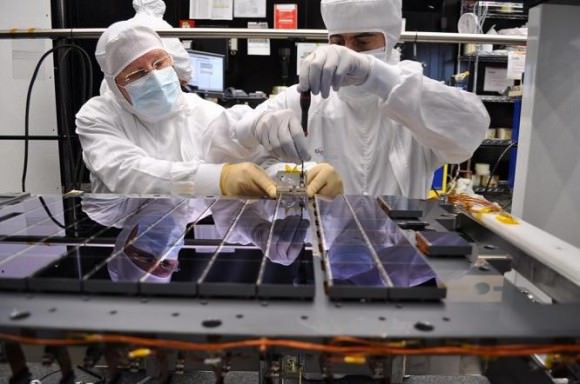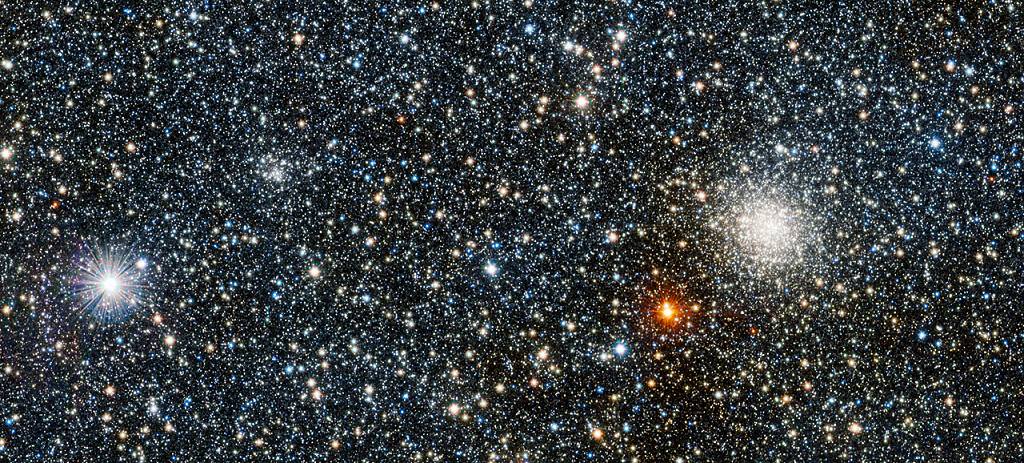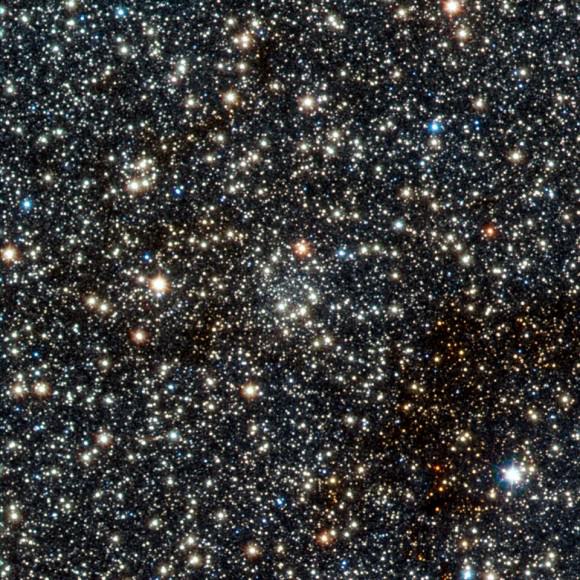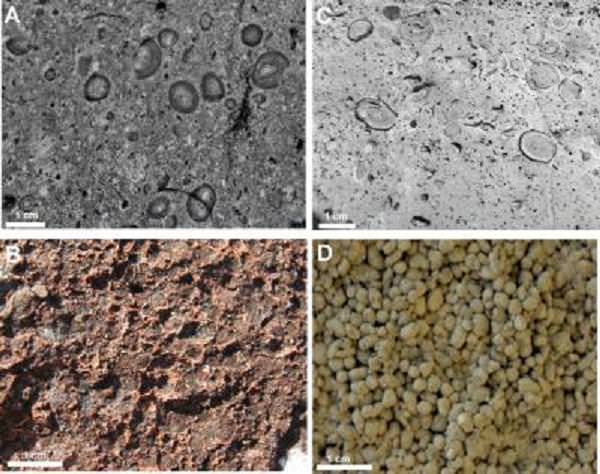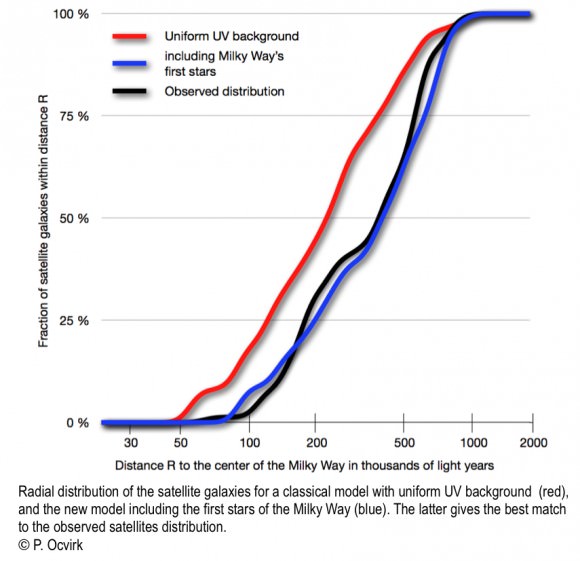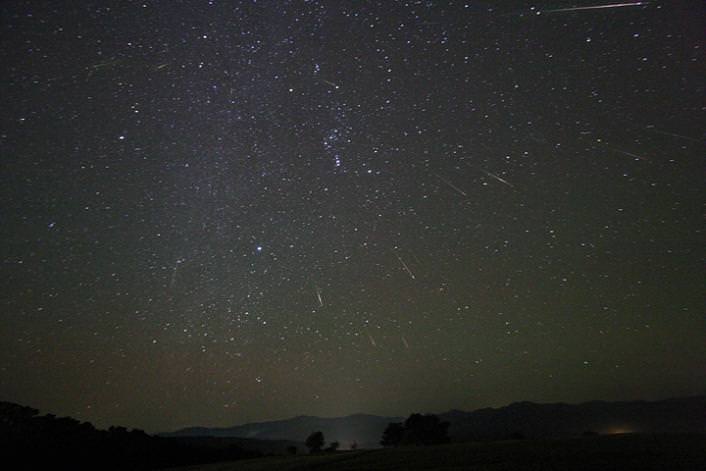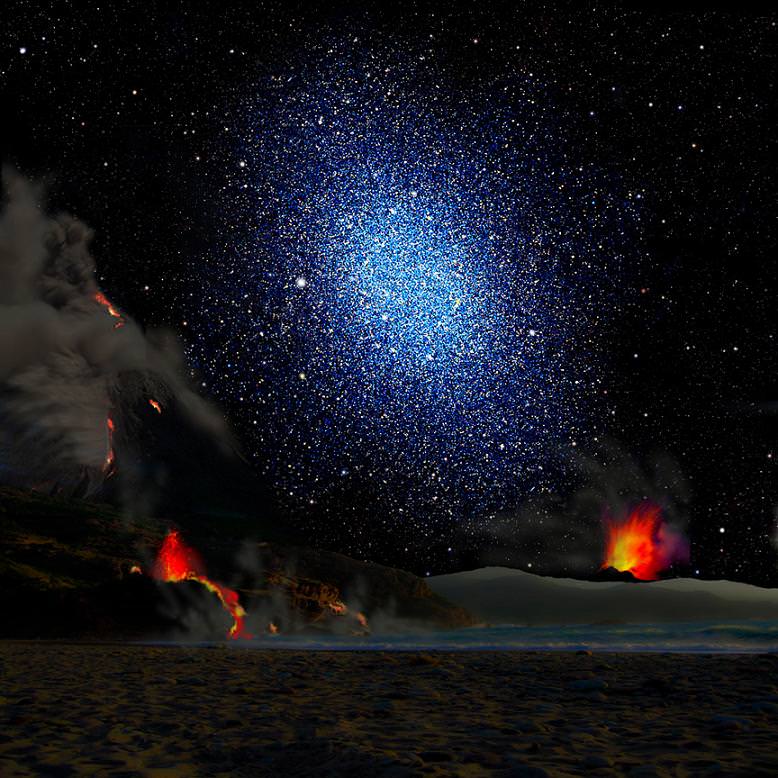[/caption]
It’s the dead zone. Approximately 22,000 miles above the Earth, $300 million worth of retired satellites are simply taking up space in geosynchronous orbit. Like anything a bit elderly, they might have problems, but they’re far from useless. There are a hundred willing volunteers waiting to be retrofitted, and all they need is the wave of a magic wand to come back to life. The DARPA Phoenix program might just be the answer.
Communication satellites in geosynchronous orbit (GEO) enable vital interchanges between warfighters. When one fails, it means an expensive replacement. But what remains isn’t a burned-out shell – it’s still a viable piece of equipment which often contains still usable antennae, solar arrays and other components. The only problem is that we haven’t figured out a way to recycle them. Now DARPA’s Phoenix program is offering an answer by developing the technology necessary to “harvest” these non-working satellites and their working parts. “If this program is successful, space debris becomes space resource,” said DARPA Director, Regina E. Dugan.
However, as easy as the idea might sound, it’s going to take a lot of cooperation from a variety of applied sciences. For example, incorporating the robotics which allows a doctor to perform telesurgery from a remote location to the advanced remote imaging systems used for offshore drilling which views the ocean floor thousands of feet underwater. If this technology could be re-engineered to work at zero gravity, high-vacuum and under an intense radiation environment, it’s entirely possible to re-purpose retired GEO satellites.
“Satellites in GEO are not designed to be disassembled or repaired, so it’s not a matter of simply removing some nuts and bolts,” said David Barnhart, DARPA program manager. “This requires new remote imaging and robotics technology and special tools to grip, cut, and modify complex systems, since existing joints are usually molded or welded. Another challenge is developing new remote operating procedures to hold two parts together so a third robotic ‘hand’ can join them with a third part, such as a fastener, all in zero gravity. For a person operating such robotics, the complexity is similar to trying to assemble via remote control multiple Legos at the same time while looking through a telescope.”
Now enter DARPA’s System F6 – the master satellite. It will host affordable, smaller scale electronics and structural models that provide on-board control. These smaller units will be able to communicate with each other and the master satellite – working together to harness the potential of the retired satellite’s assets. Right now, the Phoenix program is looking for the automation technology for creating a new breed of “satlets,” or nanosatellites. These can be sent into space much more economically through existing commercial satellite launches and then robotically attached to the elderly satellites to create new systems.

System F6 (Future, Fast, Flexible, Fractionated, Free-Flying Spacecraft United by Information Exchange) will be fascinating in itself… a hive of wirelessly-interconnected modules capable of communicating with each other – sharing resources among themselves and utilizing resources found elsewhere within the cluster. “The program is predicated on the development of open interface standards—from the physical wireless link layer through the network protocol stack, including the real-time resource sharing middleware and cluster flight logic—to enable the emergence of a space “global commons” which would enhance the mutual security posture of all participants through interdependence.” says the DARPA team. “A key program goal is the industry-wide promulgation of these open interface standards for the sustainment and development of future fractionated systems.”
Right now the Phoenix program is looking for high tech expertise needed to develop a payload orbital delivery system. The PODS units will be needed to safely house the satlets during launch. The next step is an independent servicing station which will be placed in GEO and connected to PODS. The service module will be home to equipment such as mechanical arms and remote vision systems… the virtual “operating” center to make the DARPA Phoenix program a success.
Original News Source: DARPA News Release.
.

